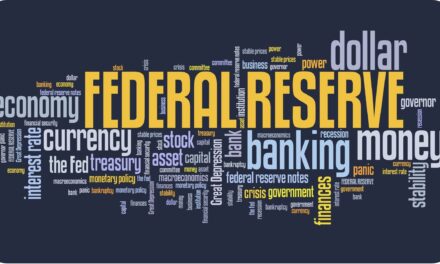The US dollar has added 1.5% so far this month against a basket of the most popular currencies due to reassessment of the Fed’s monetary policy outlook after healthy macro data. Having gained almost daily since the beginning of last week, the DXY returned to 93, an area of local highs from which it has already reversed downwards twice this year.
From all indications, strong job statistics and increasingly explicit comments from Fed officials about an imminent unwinding form the basis for an extended upward trend in the dollar. However, cautious traders would prefer to see a few confirmations along the way.
Firstly, we shall wait for the index to rise above the 93.5 level, the highs of March. That would confirm an upside exit from the long sideways range and proof of the real strength of the dollar bulls, who had earlier lost power on the way to that area.
Secondly, an important test for the dollar will be today’s release of US consumer inflation for July. Prices are expected to rise by a further 0.5% after a jump of 0.9% in June. The year-over-year rate is forecasted to slow from 5.4% to 5.3%. For the past five months, the data has constantly beaten expectations, surprising economists who, on average, are very good at predicting the rate of price growth. Another “positive” surprise has the potential to be the rock that could set off an avalanche and trigger a mighty dollar uptrend.
If the Fed chooses not to see another acceleration in inflation, it could undermine confidence in the central bank. However, the chances are much higher than the Fed informally looks at inflation as an increasingly long-term potential risk. A strong dollar and tight monetary policy are the available tools to fight long-term inflation.
At the same time, another outcome must not be dismissed: Inflation could come out markedly weaker than expected and start to decelerate sharply. In that case, the debate that the Fed should not rush to curtail stimulus may come back to life. And this could trigger a new downward reversal of the dollar.
On the FX Front EURUSD continues to hold on to key 1.17 level ahead on inflation while Gold struggles to regain $1750. Depending how the inflation numbers are received we could see further downside or corrections from both pairs above.
From a technical perspective, the bias remains tilted in favour of bearish traders in the wake of the recent break below a short-term ascending trend-line extending from September 2020 swing lows. That said, the lack of strong follow-through selling warrants some caution, making it prudent to wait for sustained weakness below the 1.1700 mark before positioning for any further depreciating move. The pair might then accelerate the fall towards intermediate support near the 1.1665-60 region en-route November 2020 swing lows, around the 1.1600 round figure.
On the flip side, attempted recovery moves might now confront resistance near the mentioned ascending trend-line support breakpoint, around mid-1.1700s. Any subsequent positive move might be seen as a selling opportunity and runs the risk of fizzling out rather quickly near the 1.1800 mark. This is followed by resistance near the 1.1830-35 region, which if cleared decisively might trigger a short-covering move. The next relevant hurdle is pegged near the 1.1880 supply zone ahead of the 1.1900 mark. A sustained strength beyond might negate the bearish bias and allow the pair to aim back to reclaim the key 1.2000 psychological mark. The latter coincides with the very important 200-day SMA and should act as a key pivotal point for short-term traders.
One thing is certain and we would hope for much needed volatility in what has been a relatively quiet week bar Sundays Gold meltdown.
SOURCES: Alexander Kuptsekevich and Zain Vawda





